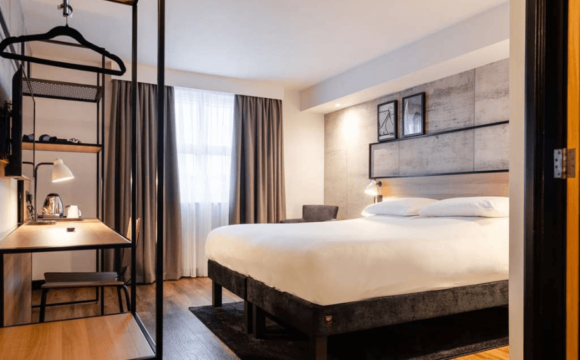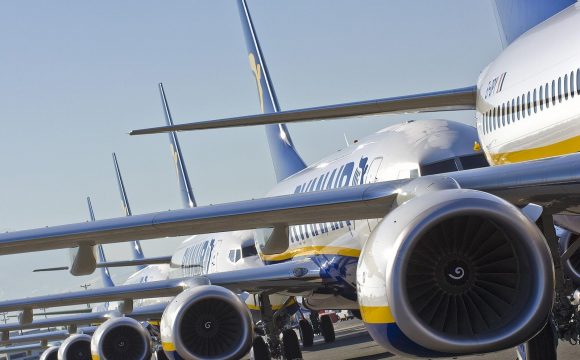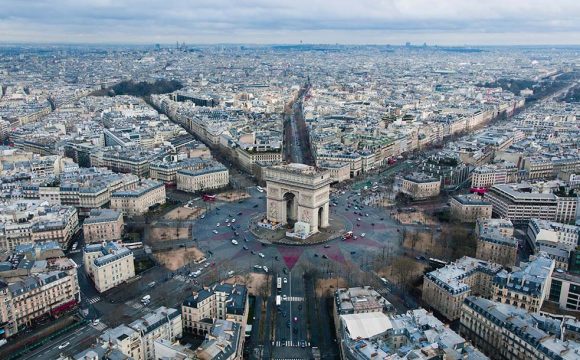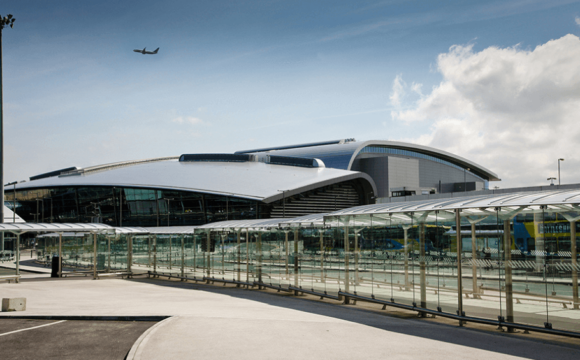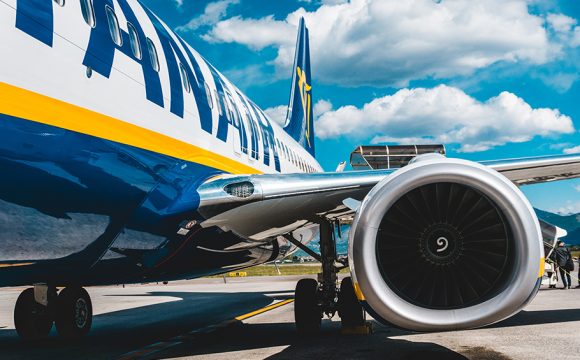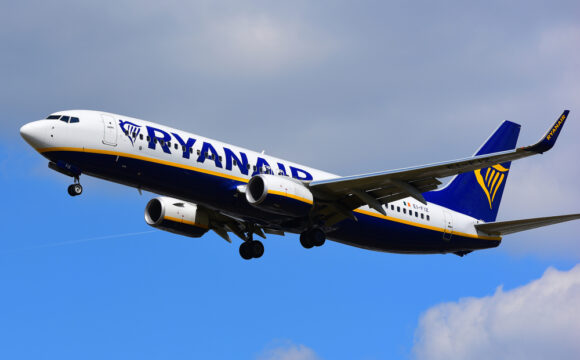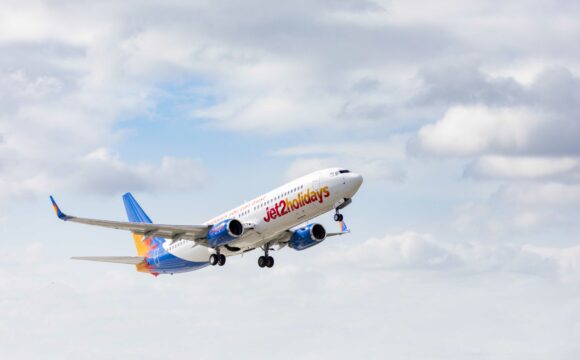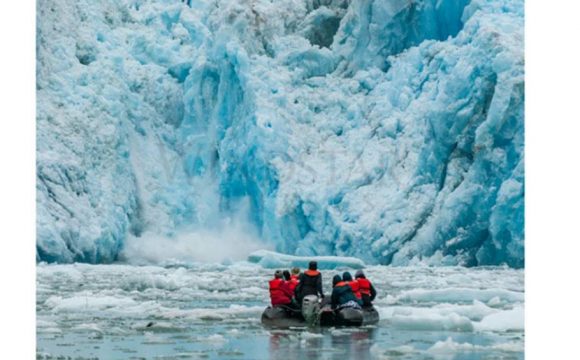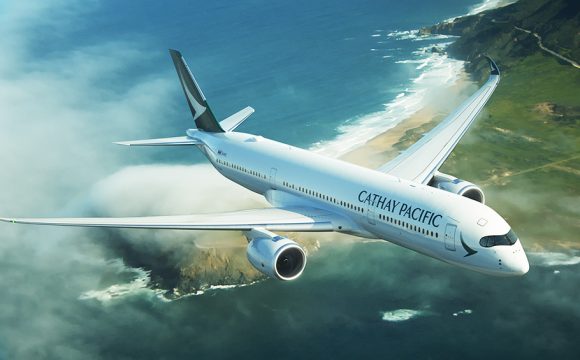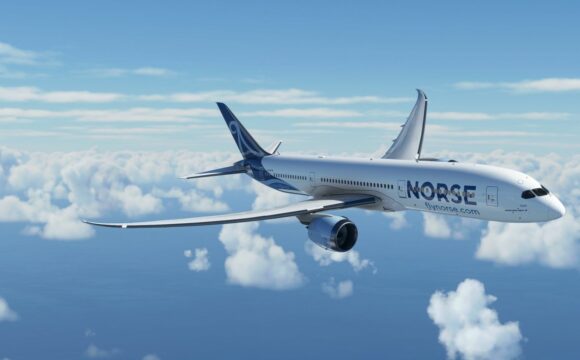Sometimes known as the Land of the Eternal Blue Sky, Mongolia is a remarkable country, full of contrasts and rapidly becoming an increasingly popular destination for the adventurous traveller and eco tourist.
Situated between Russia and China and with a land area almost seven times that of the British Isles, Mongolia has a unique heritage and culture stretching back over the past eight hundred years to the height of the Mongol Empire under the rule of the mighty Chinggis Khan.
Visitors are drawn to Mongolia not only by the unique culture but also the tremendous diversity of the Mongolian landscape which ranges from Swiss style high mountains and lakes through to the arid expanses of the Gobi Desert. These contrasts also extend to the striking differences evident between the countryside and Mongolia’s increasingly modern capital city, Ulaanbaatar.
It was in Ulaanbaatar that I arrived by train after a lengthy though very comfortable thirty six hour journey on the overnight sleeper from Beijing. Attractively surrounded by mountains and seemingly endless rolling grasslands, Ulaanbaatar or “UB” as it is colloquially known, is a bustling modern metropolis that is home to roughly a third of Mongolia’s total population of almost three million people.
Until 1990, Mongolia was the world’s second longest established communist state, with almost seven decades of Soviet influence still being clearly visible in the architecture of many of the city’s civic buildings and public spaces. Following Mongolia’s peaceful transition to democracy in the early 1990’s, the last two decades have witnessed Ulaanbaatar transform into a busy vibrant city where locals in everyday traditional dress can still be seen alongside internet cafes and an ever growing number of Western standard restaurants and hotels.
Centred on the sweeping open space of Sukhbaatar Square, Ulaanbaatar itself is home to a number of visitor attractions that are worthy of attention. I found Gandan Khiid Monastery, with its twenty six metre high Buddha statues an impressive reflection of the importance of Buddhism in today’s modern Mongolian society. Of similarly epic proportions many of the world’s most significant dinosaur skeletons were discovered in Mongolia and these can be viewed in the Museum of Natural History, one of several significant museums in Ulaanbaatar.
Whilst Ulaanbaatar is an essential starting point for any visit to Mongolia, it is the unique landscape and culture that justifiably attracts most travellers to the country. Tours of Mongolia can be arranged either prior to departure from the UK or often more cost effectively in advance via email through a growing number of tour operators based in Ulaanbaatar. Whilst expeditions of up to a month’s duration can be undertaken, I had decided, on this occasion, to organise a nine day visit to the southern regions of Mongolia including the renowned Gobi Desert that straddles the border with China. In common with all tours of Mongolia, the price paid typically includes hire of a four wheel drive vehicle along with a driver, an English speaking guide and all food and accommodation.
In the latter case I found myself staying each night in my own personal ger alongside a local nomadic family. For the uninitiated , a ger is a large portable white tent, circular in structure and with a wooden frame that nomadic families live in whilst moving with their herds of cashmere goats, sheep and horses across different seasonal pastures. Often families will have several gers, with at least one comfortably furnished and well heated for use by visiting travellers such as myself. Typical food served includes buuz (steamed dumplings), delicious organic yogurt and the famous airag, fermented mares milk.
Travelling south from the capital city, conventional roads quickly disappear and the scenery is transformed into a series of vast flat grasslands punctuated by a succession of mountain ranges that hold much of Mongolia’s mineral wealth. Although these grassland steppes appear empty, with the exception of occasional gers along with their associated grazing animals, closer inspection reveals numerous small rodents, known as marmots, scuttling to feed from the safety of their underground burrows. The availability of such a plentiful food source also ensures the presence large number of eagles, hawks and vultures making Mongolia a paradise for the bird watcher and wildlife enthusiast.
Having travelled for over two days, the approach of the Gobi is heralded by an increasingly arid landscape with the grasslands being replaced by a succession of dry stony plains and the first sight of grazing two humped Bactrican camels which are a common feature in the harsh landscape. Travelling through the Gobi region for several days my top recommended sights would include firstly Bayanzag, a series of flaming red cliffs on the edge of a shimmering desert wilderness that merges with the far distant horizon. It was in this remote location that Roy Chapman Andrews, an American adventurer believed to be the model for the later fictional character of Indiana Jones, discovered the world’s first dinosaur eggs in the 1920’s. Less than a days drive away is Yol (Vulture) Valley, a steep mountainous valley rich in wildlife and with a unique microclimate that allows sheets of ice to remain year round on the steep sides of the valley despite the incessant summer heat. Finally there are the Sahara like sand dunes of Khongor Els, which suddenly rise within the space of a few hundred metres from a surrounding grassy plain and stretch like a chain of bright yellow mountains into the endless distance.
Given the lengthy distances involved in travelling within Mongolia it takes at best two days by vehicle to reach the Gobi region proper, at least three days to gain a perspective of the region and a further two days to return to Ulaanbaatar by road. The return journey can be undertaken by a more lengthy westerly route, as in my case that allows the traveller to experience the more Alpine scenery associated with this part of Mongolia.
Highlights include the Orkhon waterfall, hidden in a deep gorge and the impressive remains of Erdene Zuu Monastery located at Karakorum. From a historical perspective this was the site of the ancient capital when Chinggis Khan established the Mongol Empire, the world’s largest ever single unitary state, that stretched from present day Poland and Hungary across the world to modern day Korea at its height later in the 13th century.
From a practical viewpoint , most travellers choose to visit Mongolia between April and September, with visits in July being especially popular as this coincides with the annual Naadam festival, during which the three manly sports of wrestling, archery and horse racing can be viewed. Winters in Mongolia are however bitterly cold, with the daytime temperature in Ulaanbaatar plummeting to over minus twenty degrees centigrade during the month of January, making this the coldest capital city in the world.
Although Mongolia is a popular stopover on the Moscow – Beijing rail route, air access from Europe is also set to improve further with the possibility that MIAT Mongolian Airlines may commence the first ever flights from London Gatwick to Ulaanbaatar at some stage in the future. At present MIAT operates a flight from Berlin to Ulaanbaatar several times per week as well as connections from Moscow and Beijing, as do Aeroflot and Air China. All travellers to Mongolia require a visa.




